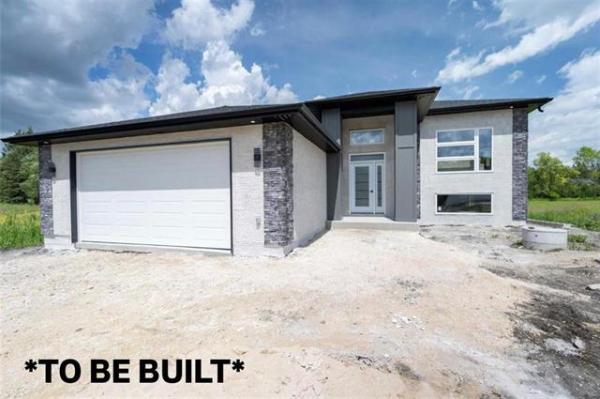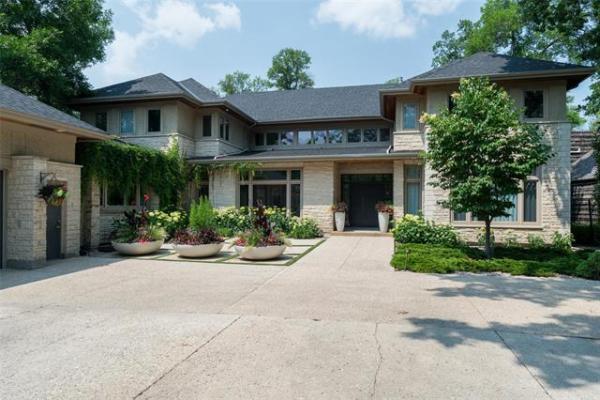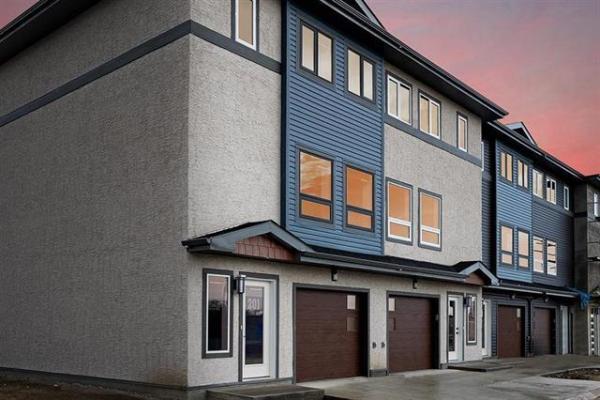Question -- I have a question about skylights. I just moved into a house which does not have a window in the kitchen. I was going to have a window added on the south-facing wall, even though it faces another house, but I was told I couldn't because there is less than four feet between my wall and the property line.
I then thought of putting a skylight in the kitchen instead, since I really would like to have more light in the room. I know skylights have evolved a lot in the past few years and are much more efficient than before, but I'd like to know your opinion on the performance of skylights in Winnipeg, especially in the winter. Also, is there any way to make sure the snow doesn't stay on the skylight all winter long and block the light, other than climbing on the roof every second day?
----Anne Gilmer, e-mail
QUESTION -- I was considering installing a different type of skylight. I had seen it in trade magazines a couple of years ago, and wanted the technology to be confirmed before buying one. It is an insulated flexible tube with a round dome for the roof, and a similar cover for the inner ceiling. The flex hose is reflective inside, and while there is not a direct view, there is supposed to be plenty of light. Have you seen any of these, or heard of any major problems? The magazine article said it was based for Canadian winters.
--Albert Sutyla, e-mail
ANSWER -- Installation of skylights in a climate with the potential for over half of each year with snow and below freezing temperatures has always been a bit contentious. While there are numerous of these roof-mounted windows installed each year, the controversy and the basic technology has not changed much over the years.
My own view of skylights is that it is not a matter of if they will leak, but when they will leak. While this may seem overly pessimistic, it is the reality that most skylights have moisture related issues over the term of their normal operating lifetime. Much of this moisture may be misconstrued as leakage from the exterior, when it is quite the opposite. Much of the moisture issues with skylights are due to condensation from warm house air on the underside of the cool surface of the skylight. This is often worse in skylights installed in high vaulted ceilings, foyers or other roofs above open areas that bridge more than one floor of the home. Many manufacturers have solved minor condensation issues by designing small integral drainage troughs in the interior portion of the skylight frame. While some moisture issues can be anticipated with most skylights, the severity is often a function of design and installation.
Your first assertion that skylights have "evolved a lot" in recent years is unfortunately not true, with the exception of some of the innovative models like that mentioned in the following question. Many skylight manufactures have adapted models not well designed for our frigid climate by adding triple glazing and reflective or low emissive coatings. These improvements have helped prevent condensation related issues, but little has changed in the installation methods or basic composition. The difficulty with most skylights arises from installation of essentially a rectangular window on a sloped roof. This poses the difficult situation of how to divert water around this obstruction, which becomes increasingly difficult when you factor in ice and snow build-up. Without proper design and installation procedures, this is a recipe for leakage.
Many skylight installation kits come with good quality flashing materials to ensure that the curb that the skylight is mounted on does not leak. If these are not provided with the skylights, an experienced roofer will be required to ensure proper step flashing is installed that prevents melted snow, ice and wind-driven rain from backing up under the shingles and entering the roof system. If this is done well, there should be little chance of leakage from the exterior, as long as one other variable is taken into consideration.
Many skylights are designed to be installed only on roofs with sufficient slope to provide adequate drainage. Too often skylights are mounted on low slope or flat roof systems without proper membranes or curb flashings designed for this style of roof. Installation on homes with minimal pitch is much more difficult due to the possibility of standing water backing up and entering the area around the skylights or under the curb.
To answer the second question about tube skylights, I have only seen a few of these installed over the years, but I like the concept for a couple of reasons. Because the bottom of the tube is sealed, along with the domed top, there is much less chance of condensation inside the skylight box from warm air convection. Also, the round shape of the dome top should be much less susceptible to trapping snow and ice above the unit. The difficulty may be in installation of flashing for these units and properly sealing roofing around a round structure. As for keeping the top of the skylight free of snow, the only advice I can offer is to install the unit as close to the peak of the roof as possible and avoid valleys and other areas prone to high snow accumulation.
Ari Marantz is the owner of Trained Eye Home Inspection Ltd. and the president of the Canadian Association of Home & Property Inspectors-Manitoba (www.cahpi.mb.ca). Questions can be emailed or sent to: Ask The Inspector, P.O. Box 69021, #110-2025 Corydon Ave., Winnipeg, MB. R3P 2G9. Ari can be reached at (204) 291-5358 or check out his website at www.trainedeye.ca.



